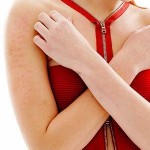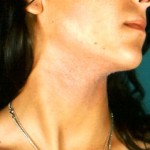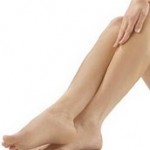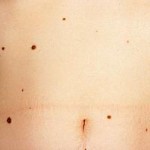 45 percent of the population has “goosebumps”, which is more common in the cheeks, back of the arms, anterior thighs, buttocks and sometimes the back of the trunk, said Alba Hernandez Guerrero, a member of the Mexican Foundation for Dermatology, AC (FMD).
45 percent of the population has “goosebumps”, which is more common in the cheeks, back of the arms, anterior thighs, buttocks and sometimes the back of the trunk, said Alba Hernandez Guerrero, a member of the Mexican Foundation for Dermatology, AC (FMD).
He explained that the keratosis pilaris, also known as “goose bumps” is a phenomenon that appears in various parts of the body, which is a benign disorder of keratinization of the follicle infundibulum, i.e. the upper part or hair follicle deposited certain ‘caps’ of keratin (protein substance essential skin tissue), providing the sensation of a skin similar to a chicken, hence the popular name for this condition, he said.
Among the most common signs of keratosis pilaris are the emergence of follicular papules, i.e. circumscribed solid elevation on the follicular orifice (“bumps”) which can reach one to three millimeters, which may be the color of the skin, pink or red, detailed the specialist.
It is said that keratosis pilaris is an inherited dominant form and becomes manifest in different ways: it is hardly noticeable in some people, unlike others that have intensively. This skin condition usually associated with sensitive skin may even be part of the atopic dermatitis and other diseases such as Down syndrome, among others.
He also said that the first common symptoms occur during childhood, which in adolescence. The winter season also predisposes its presence. Avoid self-medication and consult a dermatologist, it is often confused with acne, this being a false diagnosis.
It is characteristic that by releasing these bumps or plugs are observed under a fine hair rolled. Moreover, in most cases is asymptomatic, although there are cases presented itching and dry skin.
Keratosis pilaris has no cure, is self-limited and injuries decrease as the patient grows. Although treatment is often requested for cosmetic reasons when the keratosis pilaris is very extensive and symptomatic recommend a visit to the doctor for diagnosis.



